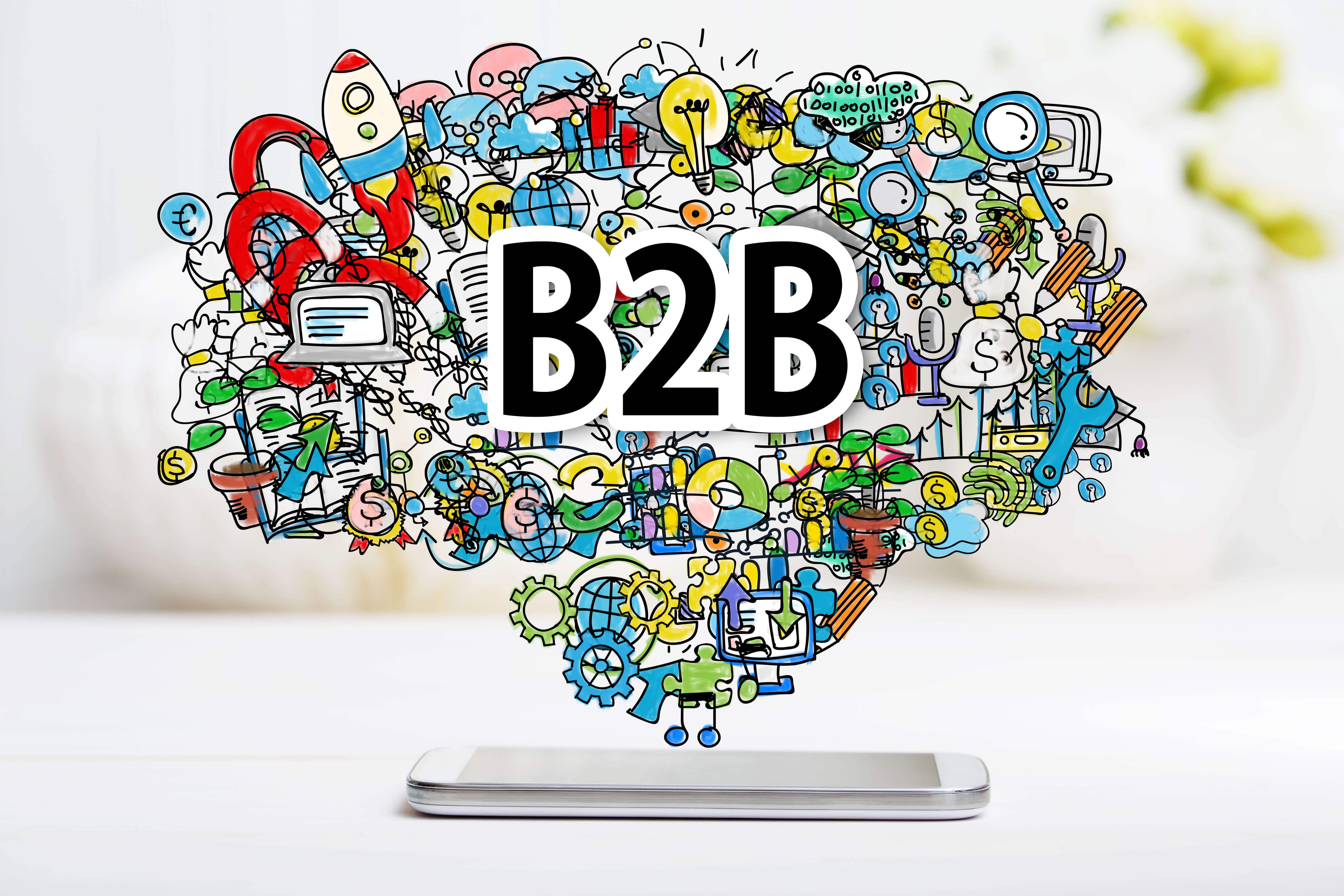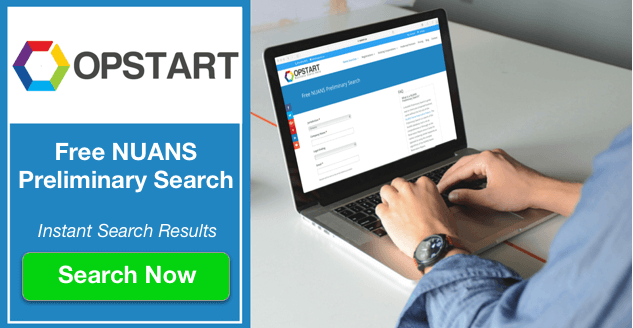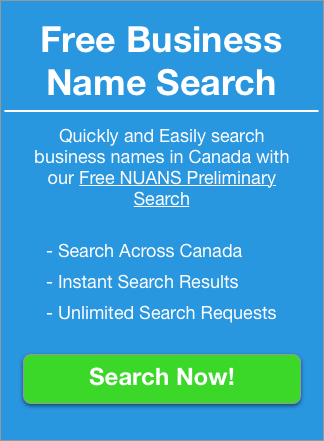7 Ways To Increase B2B Sales You Need To Know

Congratulations!
Your dream, your revolutionary idea, is now a reality.
You’ve found the right product for the right market. You’ve registered your new company.
The great news is that you’re in the right place. And it’s the right time for growing a business-to-business company.
In recent years, B2B sales in Canada have outpaced those of B2C sales. Globally, projections indicate the overall value of B2B industries in the next several years will grow to $6.7 trillion. Based on growth trends, Canadian B2Bs are in a great position. They can expect to contribute a large number of sales to that total.
The not-so-great news is that the competition is much greater.
A company ready to compete will embrace industry trends and adapt where necessary. A brand set to crush the competition will look for new, cutting-edge growth strategies.
Is your company positioning itself to adapt or crush?
Let’s explore 7 new digital-age B2B sales strategies to catapult your company over the competition.
1. Personalization
It’s not only knowing the names of the sales manager, the CEO, and his personal assistant. This goes much deeper.
Personalization is also referred to as one-to-one marketing. It involves customizing your digital approach to each individual’s specific goals or needs.
One-to-one marketing meets a customer’s needs with efficiency. Personalization creates an easier, faster browsing (and possible purchasing) experience. This plays a major role in increasing customer satisfaction.
That’s the ultimate goal, right?
A satisfied customer is a building block for strong B2B relationships. And statistics prove this increases the likelihood a potential client or current customer will visit your website repeatedly. Personalized offers may increase a customer’s likelihood to respond by 400%. This, according to a 2015 survey by AutoPilot.
Here are some personalization ideas to help guide potential customers through the different phases of the buyer’s journey:
- Send company newsletters targeting unique buyer personas for individual clients or prospects
- Lead return customers to new possibilities through different CTAs each visit
- Allow the creation of user-generated content on your website. There are several ways to do this. Invent new ways to encourage customers to leave reviews or comments and even add photos.
- Create loyalty programs, offering discounts or coupons to encourage return visits from satisfied customers
So is it worth creating a b2b sales process that puts personalization at the forefront?
Absolutely. Increased rates of lead acceptance (over 20%) and higher conversion rates (about 40%) are possible for brands that use personalization. This according to research from the Aberdeen Group.
2. Email Marketing
The guru of sales, Dale Carnegie, had some very simple secrets for success. One of his principles says: Remember that a person’s name is to that person the sweetest and most important sound in any language.
Email is the perfect avenue for customizing interactions.
Personalized emails bring a sense of “humanness.” Send emails using names. “Dear Valued Customer” just won’t work anymore.
From the sender’s end, emails should come from a “real” person. John@XYZ.com works magic. Sales@XYZ.com gets deleted.
And what should your emails be about?
The majority of emails sent to prospects and current clients need to offer solutions to problems. Stay away from blatant sales pitches. They aren’t appreciated.
In fact, the Content Marketing Institute reports that “80% of business decision-makers prefer to get company information in a series of articles versus an advertisement.”
Which leads us to the next b2b sales bomb…
3. Content Marketing
Ask 10 successful marketers what content marketing is and you’ll get 10 different answers. But what they all agree on is that it’s necessary.
Many B2B companies think content marketing is only for B2C brands. They’re missing a huge opportunity.
Here are a few stats that might change your mind:
- 96% of B2B buyers want content with more input from industry thought leaders. (Source: HubSpot)
- 47% of buyers viewed 3-5 pieces of content before engaging with a sales rep. (Source: HubSpot)
- 71% of all respondents who maintain blogs for a business report that they have increased their visibility within their industries through their blogs (Source: Marketo)
- B2B companies that blogged 11+ times per month had almost 3X more traffic than those blogging 0-1 times per month. (HubSpot, 2015)
Did we mention this is a very low-cost marketing avenue? To the tune of FREE.
Attract new and current customers by offering a consistent source of valuable, relevant, and engaging content. Remember, content is still King!
4. Social Media Marketing
In the B2C world, social selling is becoming more and more popular, and effective. B2B brands should not hesitate to jump in.
Salesforce found that among salespeople using social as a sales platform, 73% had better results than their peers. The same Salesforce data reports “43% of B2B businesses gained a new client from Facebook and 65% did the same through LinkedIn.”
Social media has dual purposes:
Reaching New Customers
One of the challenges faced by many startups is finding effective ways to reach new clients. Social media platforms are an excellent way to engage prospects. Use them to present your brand story.
The digital customer (which is almost everyone) has complicated wants and needs. And they have infinite access to detailed information on products and services. 55% of B2B buyers search for information on social media.
To provide value for this new generation of buyer, offer benefits, not sales materials.
Social selling also extends your prospects the opportunity to give honest feedback. As you communicate with them on a more intimate level, you get to know them better.
There’s no better way to learn pain points.
Competition Research
Social media is often used to understand customers. It is also an effective tool for B2Bs to research their competition.
Consider LinkedIn. For starters, it is the number one social media network for business people. Within the last several years use has seen a rapid increase among B2B brands.
It offers the ability to keep tabs on the influencers in your niche. Follow what they are doing to gain knowledge of what’s working. Learn from their successes and create your own unique approach to common obstacles.
Other social media platforms offer similar advantages. Learn the likes, dislikes, interests, and habits of your competitors. This is another way to get competitive intelligence.
Apply what you learn to your company’s plan.
5. CRM for B2B Sales
Customer relationship management technology is personalization plus automation.
The B2B sales cycle is typically much longer than businesses selling products and services to everyday consumers. That’s why the focus of B2B sales needs to be on the long-term rather than closing the sale “yesterday.”
Automated CRM software adds a boost to personalization campaigns. It keeps track of important customer data (CEO birthdays, company anniversaries, product purchase dates, etc.). This provides multiple touch-point opportunities.
Maintain contact with current customers between sales pitches. It’s much more profitable than mining for new leads. It keeps customer connections more stable.
There are few better ways to build long-term relationships. Trust grows when you add value to your client communications.
Not that a company should stop reaching for new customers. CRM tools allow salespeople to set follow-up communications for new prospects. They can communicate with new leads on a regular basis.
And how are these messages formatted? Personalized, of course.
In both instances CRM allows you to increase sales through lead nurturing.
Put this at the top of your must-have list.
6. Use the Right Online Tools
Engagement = Retention = Revenue
You’ll need the right tools to help with all of the above. Here are a few to consider:
- Google’s Suite of Tools
- MailChimp
- Cirrus Insight
- Charlie
- Consensus
- Outreach
- Tribilio
- Demandbase
For an in-depth discussion of some of the main tools savvy B2B sales and marketing teams are using read: “8 Online Tools to Increase B2B Sales.”
Use as many B2B sales tools as you need. They are quite effective at helping new businesses grow and strengthen their online marketing reach.
7. Out With the Old, In with the New?
No, not 100%.
There’s one tried-and-true “old school” B2B sales method to keep. Have it sharpened and at the ready in your toolbox.
Trade shows are still a great way to generate interest in your latest product offerings. How can you propel them into the digital age? By incorporating the above techniques into your “show.”
Using digital channels to create buzz around your brand during trade shows is a way to have lines at your booth. That’s called crushing the competition.
Back to Business
Use personalization at every stage of your sale funnel. It makes a difference when a prospect’s buying experience is simple and user-friendly.
New technologies, big data analysis, and social media selling are difference makers in the B2B world. Established brands and startups alike, use these B2B sales techniques.
Before reading this blog were you undecided about starting a new business? Now that you’ve seen the possibilities, it’s time to take the plunge.
One of the first steps is to make sure that the company name you’ve settled on is available. Use our free NUANS Preliminary Search. It’s a great way to check your proposed business name.
After that, it’s time to go get personal. Happy selling!

